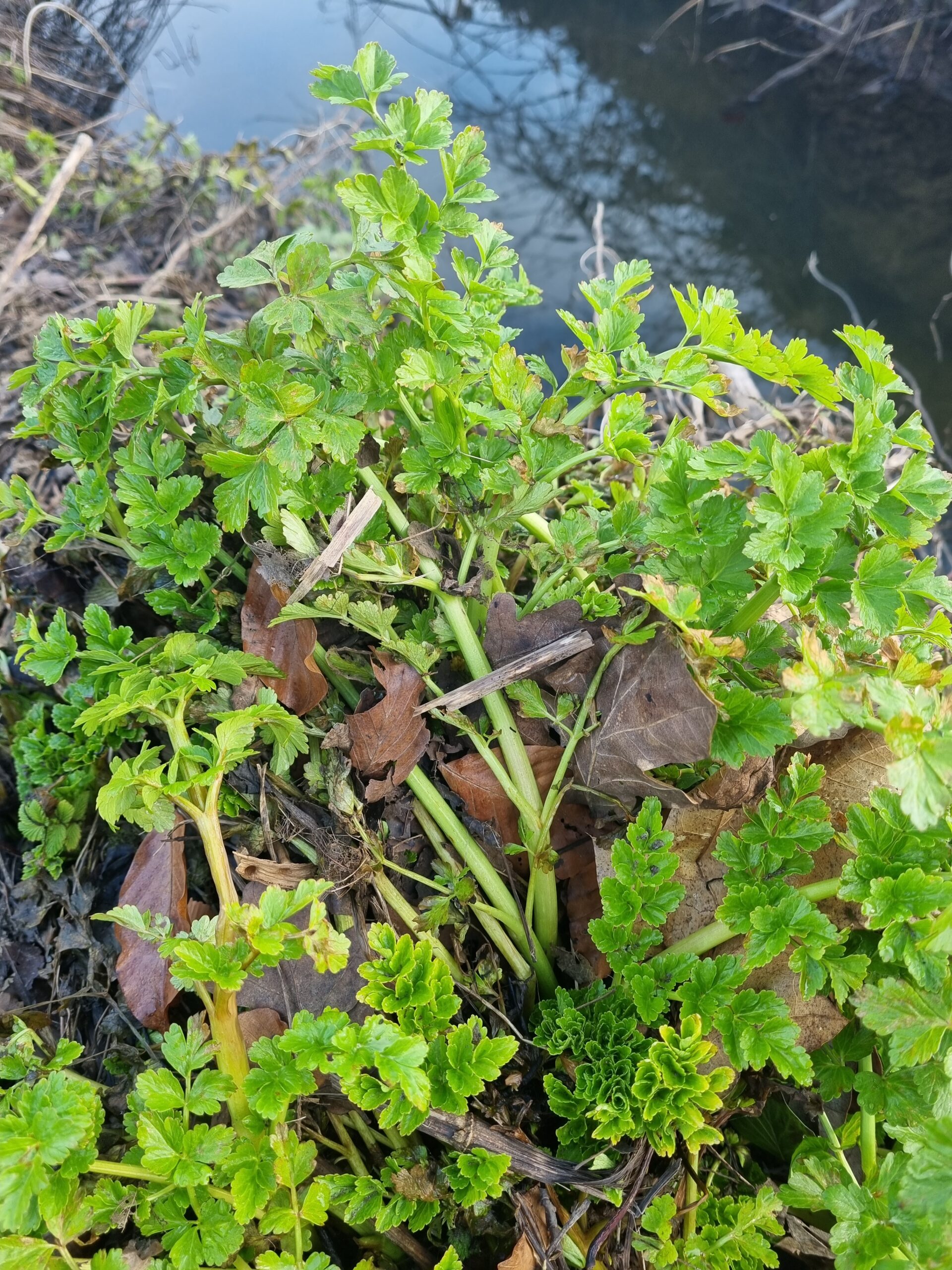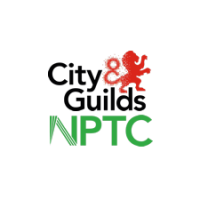Contents
- Introduction
- Identifying Hemlock Water Dropwort in Winter
- Health Hazards
- Environmental Impact
- Control and Management
- Conclusion
- Resources
Introduction
Today, we’re focusing on how to identify Hemlock Water Dropwort in the winter. January might seem like an unusual time to scout for this plant, but it’s surprisingly effective. Join us as we explore the key indicators and why it’s crucial to manage this toxic species.
Identifying Hemlock Water Dropwort in Winter
Hemlock Water Dropwort, or Oenanthe crocata, is a native plant but one of the most poisonous in the UK. Winter, particularly January, is an excellent time to identify this plant along waterways. Amidst the old debris from the previous season, you’ll notice fresh, vibrant green growth that stands out. This new growth is a key indicator of Hemlock Water Dropwort.
The plant features celery-like stalks and leaves that can be mistaken for flat parsley or coriander. Once you spot one patch, you’ll start noticing more green areas, making it easier to mark these locations for management.
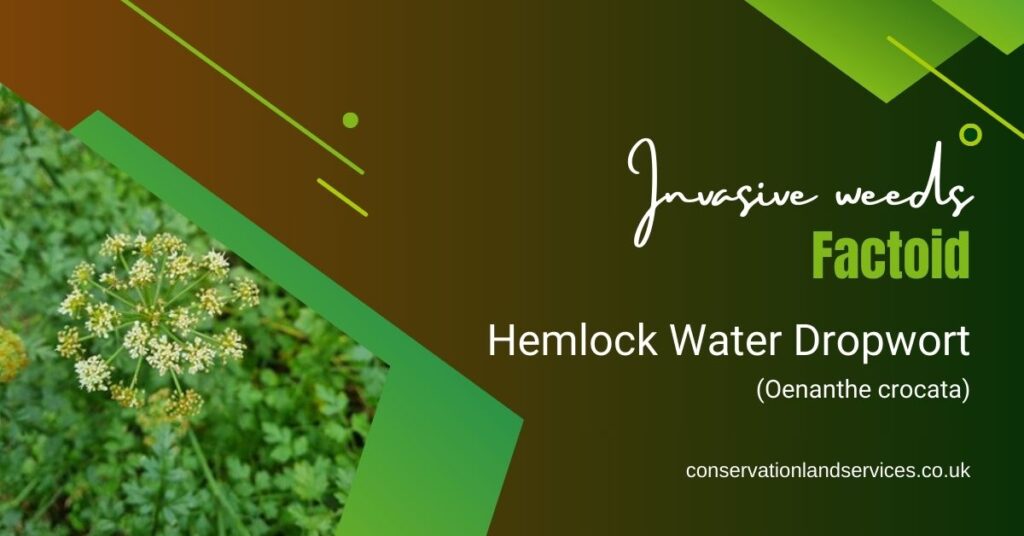
Health Hazards
Hemlock Water Dropwort is extremely toxic, posing serious health risks to both humans and animals. Ingesting any part of the plant can lead to severe poisoning, making it crucial to control its spread, especially in areas accessible to livestock or the public.
Environmental Impact
While Hemlock Water Dropwort is a native species, its toxicity makes it a significant environmental concern. It can contaminate waterways, posing a risk to wildlife and humans alike. Managing its spread is essential for maintaining the safety and health of local ecosystems.
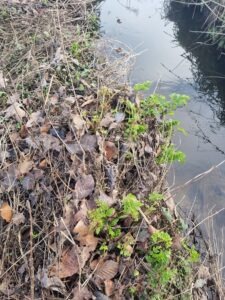

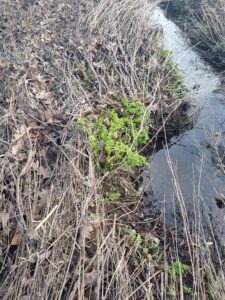
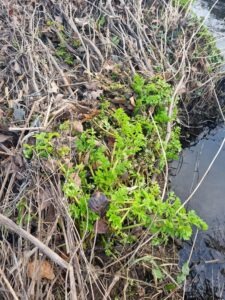
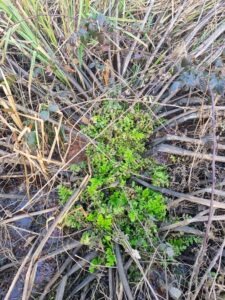
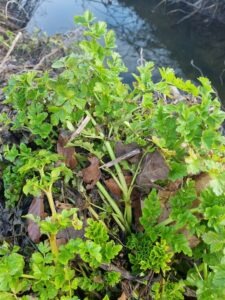
Control and Management
Identify the Problem
Correctly identifying Hemlock Water Dropwort is the first step in managing this toxic plant. Its distinctive green growth in winter makes it easier to spot. If you’re unsure, consult a professional to avoid misidentification and potential risks.
Assess the Situation
Once identified, assess the extent of the infestation. Is it limited to a small area, or has it spread widely? Understanding the scope will help you determine the best course of action. For larger infestations, professional intervention is recommended.
Hire a Professional
Removing Hemlock Water Dropwort is a hazardous task that should be handled by professionals. Licensed contractors specialising in invasive species control have the expertise and equipment to manage this plant safely and effectively.
Chemical Control Methods
Herbicides can be used to control Hemlock Water Dropwort, but they must be applied carefully to avoid harming surrounding vegetation and wildlife. Always consult a professional to ensure safe and responsible chemical use.
Non-Chemical Control Methods
For those preferring non-chemical methods, manual removal is an option. However, it requires extreme care to prevent regrowth. Always wear protective gear and dispose of plant material properly to avoid further spread.
Monitor and Follow-up
Controlling Hemlock Water Dropwort is an ongoing process. Regularly monitor treated areas for signs of regrowth, especially during peak growing seasons. Contact your professional service for follow-up treatments if necessary.
Conclusion
Hemlock Water Dropwort is a toxic native plant that poses significant health risks. By identifying it in winter and taking proactive steps to manage its spread, you can protect your property, local ecosystems, and the community. Stay vigilant and consult professionals when needed to ensure effective control.
Resources
The Postcode Areas We Serve
Gloucester and Swindon
Birmingham and the Midlands
Bristol and the South West
Cardiff and South Wales
